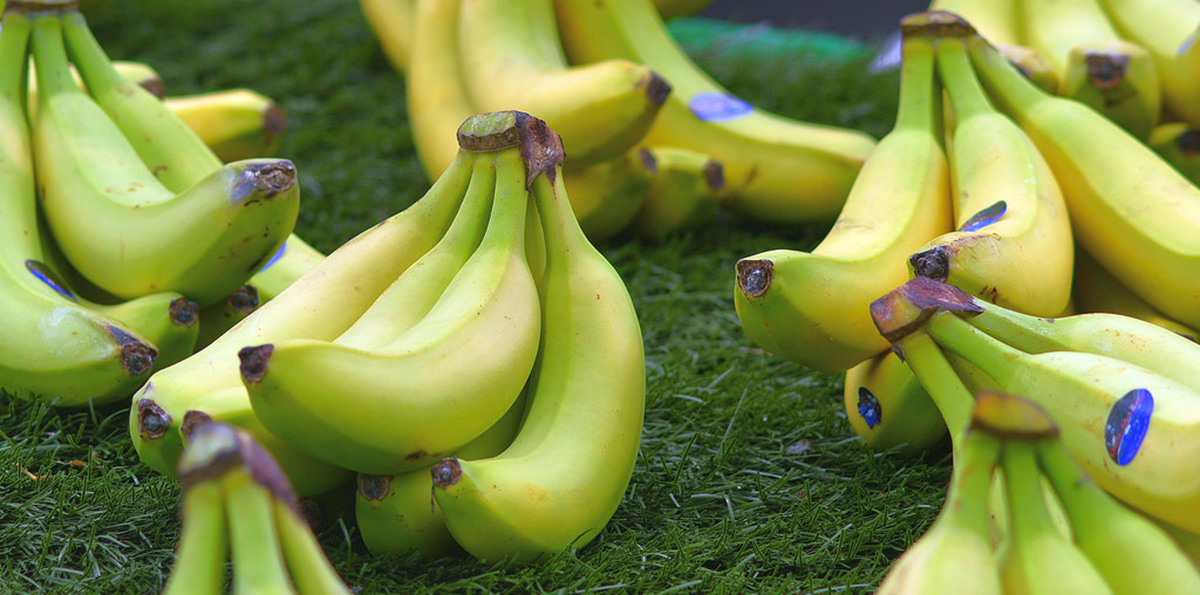Table of Contents
Both ethylene and acetylene, the compounds used to speed up the ripening, are gases. They completely disappear from the fruits and vegetables by the time they reach the shelves of the shops. There is, however, one particular concern with the treatments of fruits and vegetables by acetylene: the source of the gas. The problem is that the cheapest and most available source of this gas is calcium carbide. This simple inorganic compound easily releases acetylene upon chemical reaction with water. Even though calcium carbide does not represent any danger since the products are not exposed to it directly, it might cause problems if it is not chemically pure. Industrially used calcium carbide is often contaminated with various toxic ingredients, such as phosphorus and arsenic-containing chemicals, that can be released together with acetylene and become absorbed by the treated fruits and vegetables.

A safer approach to accelerate the fruits ripening artificially relies on the use of ethylene. Ethylene can be easily obtained at the spot using ethylene generators. Unlike acetylene, it is usually free of impurities.
The use of calcium carbide is prohibited in many countries but not explicitly banned in the United States. This chemical is also commonly used in many developing countries such as India, often ignoring the official bans. The use of chemically pure calcium carbide does not cause any problems since all health risks are associated with contaminants, but this is something very difficult to control and regulate. As a result, establishing the history of chemical exposure of artificially ripened fruits or vegetable might become a “mission impossible”.
Organic food reduces risk of exposure to various chemicals
Switching to organically grown and treated products would cut such risks altogether. This may be a more costly option, but the overall health benefits appear to be plentiful. Organically grown fruits and vegetables are also free of pesticides, insecticides and most of other chemicals than are commonly encountered in agricultural products these days.
In addition, many people are concerned with the growing production of genetically modified food and particularly with insufficiently studied long-term effects of consuming such products. Organic products are free of most of such problems and complications.
See Also: Pesticides- how dangerous is our nutrition?
Organic food is not necessarily an ideal solution
Nevertheless, a word of caution should be said in regards to the use of organic products. They are commonly praised as a healthy and desirable option, but it is rarely mentioned that due to the lack of various chemical treatments these products are more often affected by natural bacterial, parasitic and fungal infections, which are not always easy to detect. In some cases, organically grown products are simply not as rich of valuable vitamins and nutrients as their non-organic counterparts. This is a consequence of being grown in the conditions of relative lack of nutrients (i.e., lack of fertilizers) and lack of protection from the plant’s natural enemies (insects and various infections). Many people believe that some organic agricultural products are simply not as tasty as the cheaper stuff found in any food shop. Eventually, we need to look for the proper balance of cost and benefits.
- Asif, M (2012) Physico-chemical properties and toxic effect of fruit-ripening agent calcium carbide, Annals of Tropical Medicine and Public Health, vol. 5, issue 3, pp. 150-156
- Oyebode, O, Gordon-Dseagu, V, Walker, A, Mindell, JS (2014) Fruit and vegetable consumption and all-cause mortality: analysis of Health Survey for England Data”, Journal of Epidemiology and Community Health, doi:10.1136/jech-2013-203500
- Per, Hüseyin, Kurtoğlu, Selim, Yağmur, Fatih, Gümüş, Hakan, Kumandaş, Sefer, Poyrazoğlu, M. Hakan (2007), "Calcium carbide poisoning via food in childhood", The Journal of Emergency Medicine 32 (2): 179–80.
- Photo courtesy of Scott Bauer by Wikimedia Commons : en.wikipedia.org/wiki/Tomato#mediaviewer/File:NRCSHI07012_-_Hawaii_(716060)(NRCS_Photo_Gallery).jpg
- Photo courtesy of Micolo J by Flickr : www.flickr.com/photos/robin1966/14539690241

